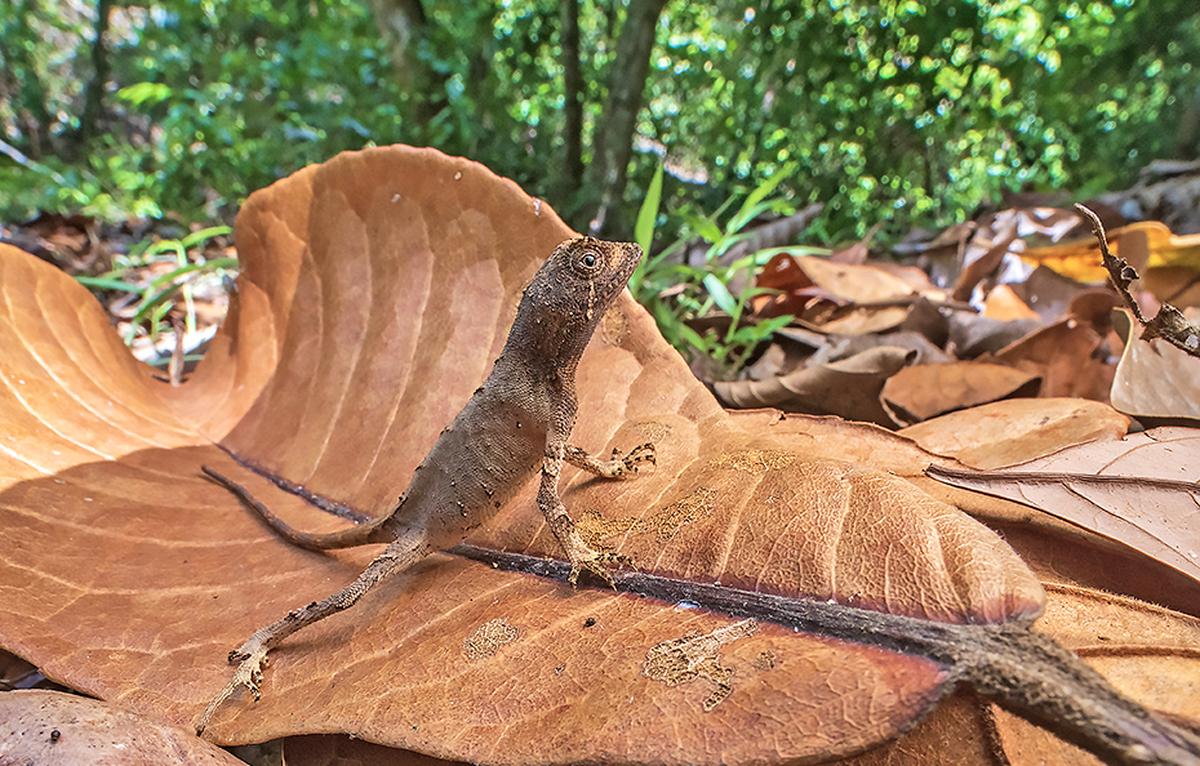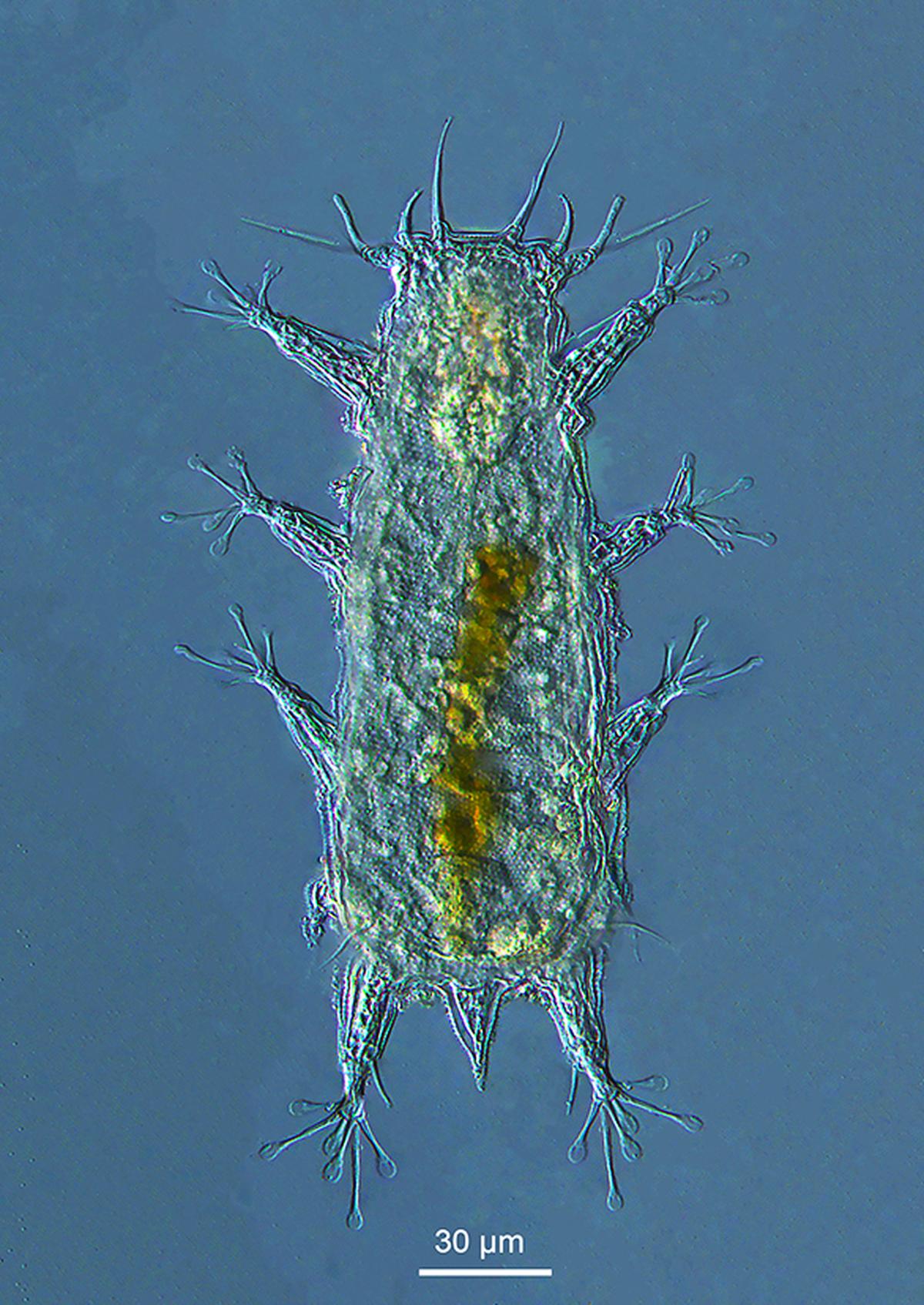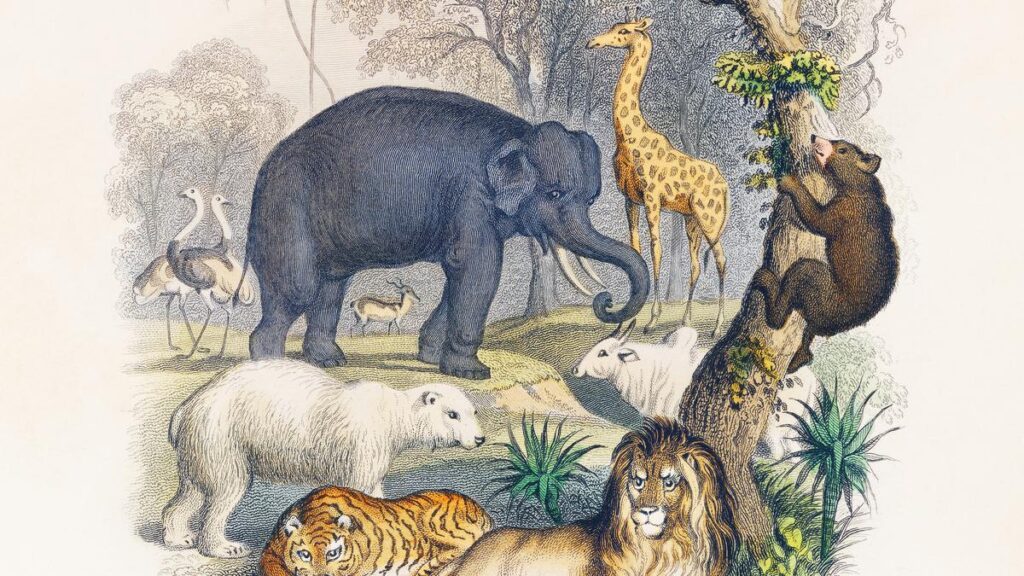Christening a new species is no child’s play. Thousands of animals and plant species are discovered every year. Once these new species are discovered, it is necessary to give them an identification, a name. And the task falls on the scientists who identified the new species. A lot goes into it, and scientists often come up with intriguing names, with some being named after fantastical creatures and celebrities even! In most cases, these quirky names are given to draw attention of the public while some are named as a homage to the personalities.
A brief history
Naming organisms is necessary to classify and document them, thereby helping us manage them better (such as planning conservation strategies). So how do we name the species? It all traces back to Swedish naturalist Carolus Linnaeus. The formal classification that is internationally accepted had its origin in the 1750s, with the Linnaean system of binomial nomenclature, created by the naturalist. He is considered the founder of modern taxonomy and was the first to use binomial nomenclature. Over the years, Linnaeus’s rules and procedures have undergone a lot of modifications. A species (animal or plant) is thus designated by two parts, with the first identifying the genus to which it belongs and the second the species.
Take for instance the case of us, modern humans. The scientific name is homo sapiens. Homo is the genus, Sapiens is the species, and we are the only member of the genus Homo that is not extinct.
This internationally understood nomenclature is paramount to documenting all the species on our planet. While International Commission on Zoological Nomenclature (ICZN) regulates the zoological nomenclature or the naming of animals, the International Association of Plant Taxonomy (IAPT) controls the scientific naming of plant diversity such as algae, fungi, and plants.
Quite often species are named after their characteristics. At times, they are named after celebrities, fictional characters, projects or sometimes simply using some quirky play of words.
Species named after iconic personalities

Singer song-writer Taylor Swift
| Photo Credit:
KATE GREEN/Getty Images
Did you know that there is a wasp species named after Colombian singer-songwriter Shakira? Or that an entire genus of ferns named after American musician Lady Gaga? Back in 2022, a millipede (Nannaria swiftae) in North America was named after singer-songwriter Taylor Swift. British nature historian Sir David Attenborough has more than 40 species of animals and plants named after him (and counting, we must say!). Many species have been named after U.S. Presidents. For instance, the first U.S. president George Washington has a parasitic wasp living in Costa Rica named after him, called Heterospilus washingtoni. An ant that lives in the Venezuelan Amazon was named after the English rock band Radiohead. It is called Sericomyrmex radioheadi. But what is the logic behind giving the names of celebrities? Mostly, it is to bring attention to the species whose discovery might sometimes go unnoticed by the public or it can be done as an homage. For instance, while describing the species Sericomyrmex radiohead, the scientists said that it was an ode to the band’s efforts at environmental activism.

Lizard Agasthyagama edge
| Photo Credit:
Special Arrangement
“Attributing the name of a personality to a species began as a way to poke fun at people. When it comes to naming a creature several aspects are taken into account. Sometimes it is the unique characteristic that might be highlighted in the name or the habitat in which it is found. Sometimes, the species can be cryptic or similar to an already described species. This is when these fancy names come in. They are named after scientists, projects, celebrities, and universities as a means to honour them,” says Dr. Sandeep Das, national post-doctoral fellow at the University of Calicut who, along with his team, has described more than 20 species. A lizard he described has been named Agasthyagama edge, as an ode to the Zoological Society of London’s international program, EDGE which works towards the conservation of the Evolutionarily Distinct and Globally Endangered species. “The lizard is also unique and the second species from that genus and hence we chose to name it so,” says Sandeep.
There are still debates ongoing in the scientific community on naming the creatures after celebrities. For instance, some names are considered problematic by certain sections, such as the name given to a cave beetle. Christened Anophthalmus hitleri, the species is named after Adolf Hitler. There have been several calls from various sections to change the name as some find it offensive to name it after someone who perpetrated genocide. The species had even become a target of some memorabilia collectors.
Species named after a mission

Tardigrade Batillipes chandrayaani
| Photo Credit:
Special Arrangement
When researcher Vishnudattan N.K. described the third marine tardigrade in India, it was around the time India launched its enviable Chandrayaan-3 moon mission. Its landing near the south pole of the moon was a first for any nation to achieve. So what better way to commemorate the occasion and pay homage to this glorious event than to name a species after the mission? And thus the marine tardigrade was named Batillipes chandrayaani. The new species of marine tardigrade was discovered from the southeast coast of Tamil Nadu.
“I thought of the name as a homage to the mission. It was a prestigious occasion. So I thought of naming the species after the mission. Moreover, it could also draw attention to the species and popularise it among the public,” says Vishnu, the lead author of the study and former senior research fellow, Department of Marine Biology, CUSAT. The first marine tardigrade species he described was named Stygarctus keralensis, as a homage to the state of Kerala and the second marine tardigrade species as Batillipes kalami, honouring Abdul Kalam.
Species named after places
Like Stygarctus keralensis, another species that is named after a state is the Gekko mizoramensis, a parachute gecko, described by the researchers of the Max Planck Institute for Biology based in Tübingen, Germany. This nocturnal, arboreal lizard has been named after the northeastern state of Mizoram after it was discovered from there. Another example would be Pinanga subterranea, a species of palm tree. The name refers to the palm’s subterranean habitat. It is the first palm described as one flowering and fruiting underground.
Species named after fictional characters
The world of fiction, mythology, and fantasy has inspired the names of many species. Not to mention imaginary places such as Hogwarts being the inspiration behind the naming of the dinosaur Dracorex hogwartsia. The fossilised remains of the dino reminded the scientists of the dragons in the ‘Harry Potter’ series, following which they named the dinosaur after the magical school of Hogwarts. Dracorex hogwartsia means ‘dragon king of Hogwarts.’

Harry Potter
| Photo Credit:
Special Arrangement
The magical creatures in English writer J.R.R. Tolkien’s work are often used to name new species. Gollumjapyx smeagol (named after the fictional character Gollum), Oxyprimus galadrielae (based on the character Galadriel), Macrostyphlus gandalf (based on the character Gandalf), and so on are some examples.
Science fiction writer H.P. Lovecraft’s mythical creature Chtulhu has also been an inspiration for many scientists. Cthulhu macrofasciculumque and Cthylla microfasciculumque are some of the species named after the creature.
Mythology and religion are also sources of names. Catchphrases from fiction and TV characters are also used. For instance, Kermit the Frog, the star of the children’s television series “The Muppet Show” has inspired the naming of Kermitops gratus, a species of an ancient amphibian ancestor. Kodama jujutsu, a species of pygmy squid, is another species name formed by joining ‘Kodama’, a tree spirit in Japanese folklore and ‘jujutsu’, a martial art of the same name. The list is indeed endless.
Quirky, idiosyncratic names
Then there are names that leave you bemused. There is an amusing play of words here. Take the case of Gelae baen, Gelae fish, Gelae rol, Gelae belae and Gelae donut. These are all types of fungus beetles. Orizabus subaziro is a scarab beetle discovered from Oaxaca, Mexico. Note the play of words here. It is a palindromic name. Sometimes scientists choose to rhyme, for instance, Cedusa medusa or go for quirky, humourous names such as Ytu brutus or Inglorious mediocris. And sometimes the species gets a name like Erythroneura ix. The leafhopper was named so when the scientists reached the ninth species of the leafhopper.
How are species discovered ?
So how do the scientists find these species? Sometimes the species can just surprise you, like how the tardigrade Stygarctus keralensis did. Vishnu was in fact on a different research, as he was identifying the meiofauna (small benthic invertebrates) along the coastal regions. “It was while the samples were being investigated that the species caught my attention. It was something new,” he recalls.
After further investigation, he identified the genus and eventually arrived at a conclusion that the mysterious creature is in fact a new species, a marine tardigrade, thereby becoming India’s first marine tardigrade species to be described. The story of the third species is even more interesting. “When I got the samples and identified the second tardigrade, I observed something that looked like the tardigrade’s juvenile. But on further investigations I realised that it was indeed an adult and that it was a new species of tardigrade,” he says. Vishnu and his team have to their credits all three discoveries of the marine tardigrade species in India. The studies were carried out under the supervision of Dr. S. Bijoy Nandan, Dean of the School of Marine Sciences, CUSAT.
Knowledge of indigenous communities
Discovering a new species can thus be something totally unexpected or it might be a planned investigation. But the role indigenous communities play in species identification is something the larger public may not be widely aware of. Their knowledge is an untapped wealth.
“Local ecological knowledge is an emerging branch in science. Indigenous people may know many aspects of the wild that we do not. They might even have different names for these species. They have a strong knowledge about our forests and its biodiversity,” adds Sandeep.
Published – May 06, 2025 04:21 pm IST

